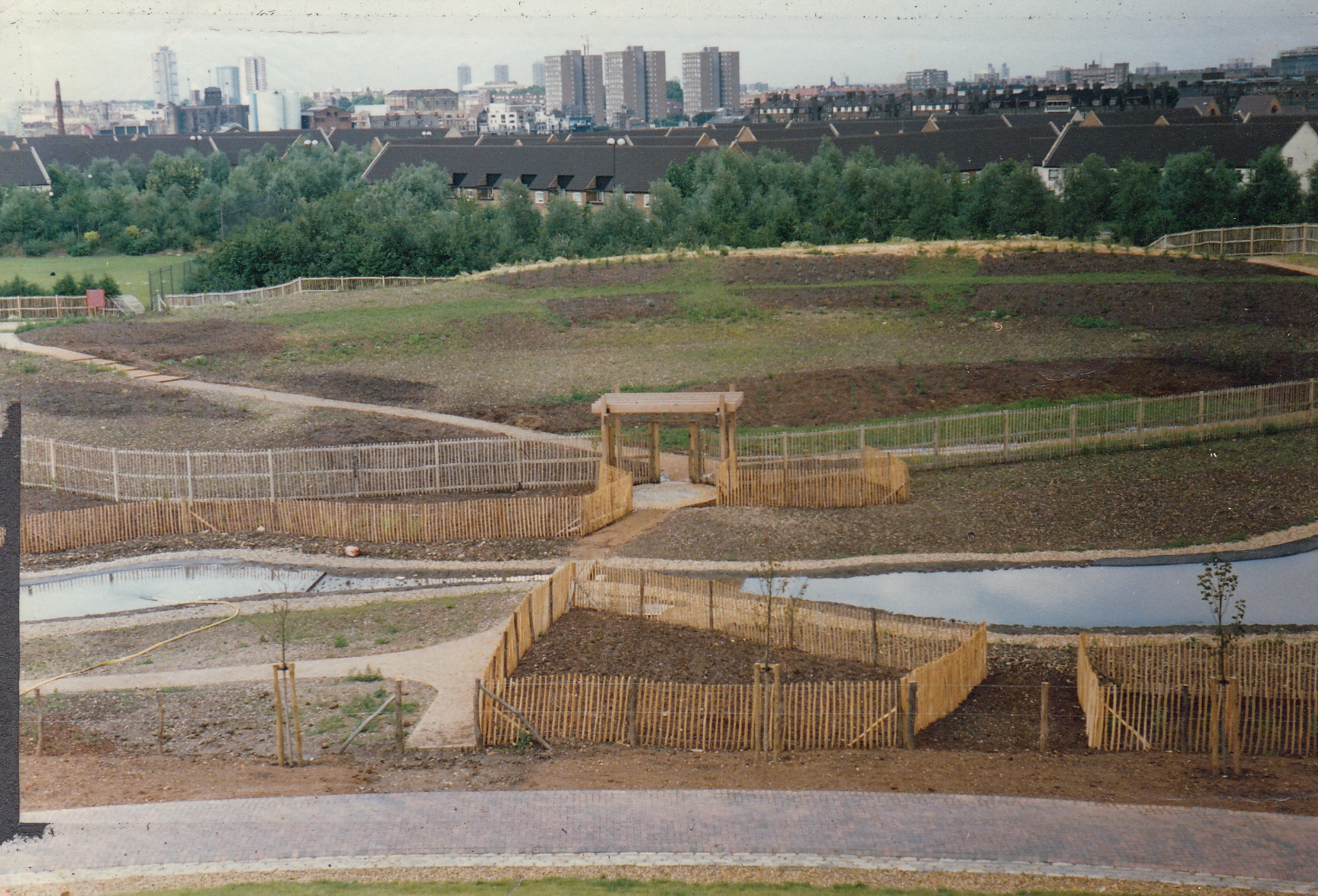 >> Go back down the steps, turn right around the base of Stave Hill and re-enter the ecology park, passing between the pond and marsh.
>> Go back down the steps, turn right around the base of Stave Hill and re-enter the ecology park, passing between the pond and marsh.
 >> Bear left through the woodland. Species recorded in this area in Spring include Redstart, Nightingale, Blackcap, Lesser Whitethroat.
>> Bear left through the woodland. Species recorded in this area in Spring include Redstart, Nightingale, Blackcap, Lesser Whitethroat.
Woodpigeon

Call: a soft 'blowing' of varied transcription, 'do-doooh, doo doo-du', with desolate ring and having the character of an owl's call. (Lars Jonsson, 2003, p. 302)
Of the species which have established colonies in London during recent years, the wood-pigeon, or ringdove, is the most important, being the largest in size and the most numerous; and it is also remarkable on account of its beauty, melody, and tameness. (W.H. Hudson, 1924, p. 65)
>> Continue on the paved track, passing on your left
Stave Hill, 1980s. From Stave Hill Archive, archive.org
The ecology park from Stave Hill, showing the entrance through the recently created ponds.
Photo from Stave Hill archive, circa 1986. Probably by Richard Davey